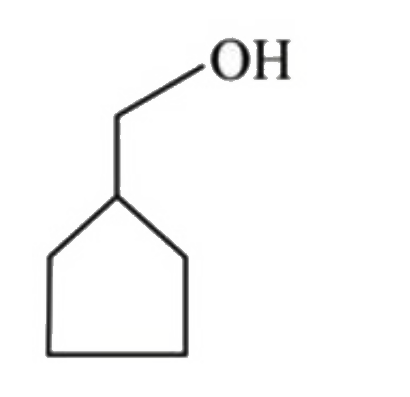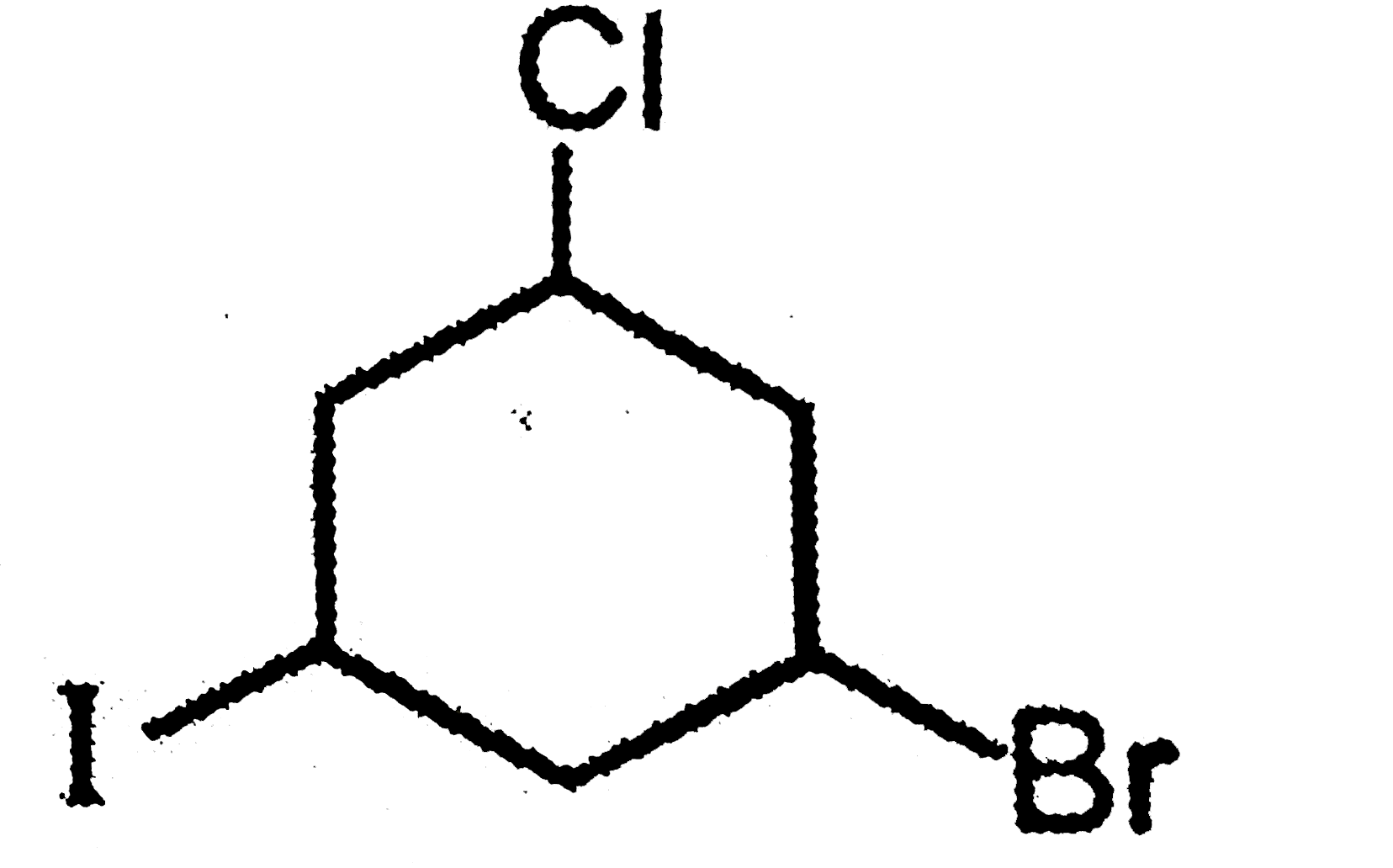How many pairs of enantiomers are possible for [M(AA)(BC)de] ? .
The correct Answer is:5
To determine how many pairs of enantiomers are possible for the coordination compound (M(AA)(BC)de), we will follow these steps:
Step 1: Understand the Structure
The coordination compound consists of a metal center (M) surrounded by ligands. In this case, we have:
- A bidentate ligand (AA)
- Two bidentate ligands (BC)
- Two monodentate ligands (d and e)
Step 2: Identify the Coordination Number
The coordination number of the metal (M) is 6, as it is coordinated by two bidentate ligands and two monodentate ligands.
Step 3: Determine the Types of Isomers
For coordination compounds, we can have:
- Geometric isomers (cis/trans)
- Optical isomers (enantiomers)
Since we are interested in enantiomers, we need to focus on the optical activity of the structures.
Step 4: Draw Possible Structures
1. First Structure: Place AA in one position and BC in the other positions. This gives us an optically active structure.
2. Second Structure: Swap the positions of B and C while keeping AA in the same position. This is another optically active structure.
3. Third Structure: Change the orientation of the bidentate ligands while keeping the positions of d and e constant. This gives us a new structure.
4. Fourth Structure: Similar to the third, but swap the positions of d and e.
Continue this process until you have exhausted all unique arrangements of the ligands that result in optically active structures.
Step 5: Count the Unique Optical Isomers
After drawing the structures, we find that there are 10 unique optical isomers. Since each optical isomer has a non-superimposable mirror image, we can pair them up.
Step 6: Calculate Pairs of Enantiomers
Since we have 10 optical isomers, we can form 5 pairs of enantiomers (each pair consisting of an isomer and its mirror image).
Final Answer
Thus, the total number of pairs of enantiomers possible for the coordination compound (M(AA)(BC)de) is 5.
---
The coordination compound consists of a metal center (M) surrounded by ligands. In this case, we have:
- A bidentate ligand (AA)
- Two bidentate ligands (BC)
- Two monodentate ligands (d and e)
The coordination number of the metal (M) is 6, as it is coordinated by two bidentate ligands and two monodentate ligands.
For coordination compounds, we can have:
- Geometric isomers (cis/trans)
- Optical isomers (enantiomers)
1. First Structure: Place AA in one position and BC in the other positions. This gives us an optically active structure.
2. Second Structure: Swap the positions of B and C while keeping AA in the same position. This is another optically active structure.
3. Third Structure: Change the orientation of the bidentate ligands while keeping the positions of d and e constant. This gives us a new structure.
4. Fourth Structure: Similar to the third, but swap the positions of d and e.
After drawing the structures, we find that there are 10 unique optical isomers. Since each optical isomer has a non-superimposable mirror image, we can pair them up.
Since we have 10 optical isomers, we can form 5 pairs of enantiomers (each pair consisting of an isomer and its mirror image).
Thus, the total number of pairs of enantiomers possible for the coordination compound (M(AA)(BC)de) is 5.
Topper's Solved these Questions
- COORDINATION COMPOUNDSBOOK - CENGAGE CHEMISTRY ENGLISHCHAPTER - COORDINATION COMPOUNDSEXERCISE - Exercises Integer (Hybridisation , Vbt , Cft And Application)
13 Videos
- COORDINATION COMPOUNDSBOOK - CENGAGE CHEMISTRY ENGLISHCHAPTER - COORDINATION COMPOUNDSEXERCISE - Exercises Fill The Blanks
32 Videos
- COORDINATION COMPOUNDSBOOK - CENGAGE CHEMISTRY ENGLISHCHAPTER - COORDINATION COMPOUNDSEXERCISE - Exercises Integer (Naming And Terminology)
16 Videos
- CHEMICAL KINETICSBOOK - CENGAGE CHEMISTRY ENGLISHCHAPTER - CHEMICAL KINETICSEXERCISE - Archives Subjective
23 Videos
- D AND F BLOCK ELEMENTSBOOK - CENGAGE CHEMISTRY ENGLISHCHAPTER - D AND F BLOCK ELEMENTSEXERCISE - Archives Subjective
29 Videos
Similar Questions
Knowledge Check
A pair of enantiomers is:
Aa pair of non superimposable mirror image of each otherBa pair of superimposable image of each otherCalways optically active if one is dextrorotatory then other will be laevorotatory by same magnitudeDcompounds having same boiling pointsHow many pairs of cranial nerves are mixed nerves ?
A3B5C4D6
How many stereoisomers are possible for

View SolutionHow many pair of ribs are present?
View SolutionHow many type of geometrical isomers are possible for [M(NH3)BrCl(H2O)], where M is Pt+2 ?
View SolutionHow many tetramethyl benzene are possible:
View SolutionHow many positional isomers are possible for this compound

View SolutionHow many position isomers are possible for chlorophenol?
View Solution

